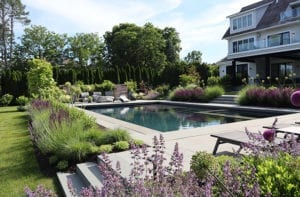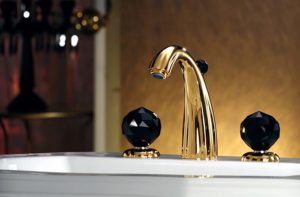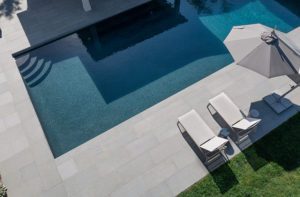Love Among the Ruins
December 30, 2009
Text by Caroline Cunningham Photography by Shellburne Thurber
We lavish time, resources and love on our homes because they provide us shelter and comfort from the world. The rooms we live in, and how we choose to fill them, reflect what we care about and who we are.
It is this ephemeral realm—the poetics of empty space, as it were—that has captured the imagination of Cambridge, Massachusetts, photographer Shellburne Thurber for much of her career. Her lush images of decaying homes, construction sites or quiet doctor’s offices are saturated with light and color and rich in minute details that uncover poignant beauty in unexpected spaces. They are records of rooms both graceful and dilapidated—viewed with a gaze as compassionate as it is keen—and the people who once lived there. Absence becomes a very real presence in Thurber’s photographs, which are multi-layered documents of loss and a search for connection.
Thurber began experimenting with a camera when she was nineteen and living in a loosely configured artist’s colony in Saratoga. She was trying, she says, “to nail down experiences that had suddenly become meaningful to me…and I feel as if my life started then.”
In the aftermath of her mother’s death, she returned to northern New Hampshire and photographed her home with the hope that the images she produced would provide a greater understanding about her mother, her childhood and herself. “A photograph is about a moment between you and what you are photographing,” she says, “and I had no photographs of my mother…I did not know her at all.”
She spent the next decade honing her craft at the School of the Museum of Fine Arts, supporting herself by taking college yearbook portraits, photographing as many as two hundred students a day. Her beat was the South, and her home on these trips was a series of roadside motels. The images she made of these nondescript places were more like self-portraits than records of the rooms themselves. “If I had been able to photograph the inside of my head, that’s how it would have looked,” she says with a rueful laugh. “I used a wide-angle lens so that everything looks slightly distorted, and the images I made match how I felt at the time—disoriented, and not very real.”
When her beloved Aunt Anna died, Thurber returned to New Hampshire to photograph a house where she had spent many peaceful days as a child. This series of photographs examines how the most evanescent impressions become central to how we remember people and events from the past. “If I photograph something, I can hang on to it,” she explains. “These photographs, more than any of my other work, were an act of commemoration. It was all about color and light, and she was in the light.”
Thurber’s enduring interest in exploring the psychological essence of a room then drew her to the South once again. Her photographs of abandoned homes that dot the rural landscape are both luminous and transformative; with her sure use of asymmetric framing and the interplay of light and shadow, the boarded windows, shredded curtains and peeling wallpaper take on a gothic grandeur. The images in this series are melancholy documents of a lost time, and of the passage of time itself.
In 1999, Thurber was selected to be an artist-in residence at the Boston Athenaeum, just as the library was undergoing extensive reconstruction. This was an inspired choice. The photographs Thurber took over the course of two years are records of the construction project and ever so much more. Her elegant images are tinged with violence, but piles of rubble or decimated stairwells are always balanced by a deliberate grace note—a delicate pattern of refracted light from an unseen window or a stately Corinthian column—that speak of both renovation and resurrection.
In recent years, although she has been working on a range of projects, including an extraordinary series on writer and artist Ralph Horne’s house in the South End of Boston, she’s retreated somewhat from such visibility. Everyone knows that the art world exacts a certain emotional price, and sometimes it’s just too much. “There is a part of me that is out of the mix—and I have been on purpose,” she says. “I love showing my work, but I am, also, so entirely absorbed by it…”
Over the course of a long career, Thurber has always sought out, and revealed, the most profound human emotions. Given the haunting power of her exquisite photographs, it’s not at all surprising that the artist herself might find this journey somewhat overwhelming.
EDITOR’S NOTE: Shellburne Thurber’s work can be seen at the Barbara Krakow Gallery, (617) 262-4490, www.barbarakrakowgallery.com
Share
![NEH-Logo_Black[1] NEH-Logo_Black[1]](https://www.nehomemag.com/wp-content/uploads/2022/08/NEH-Logo_Black1-300x162.jpg)




















You must be logged in to post a comment.